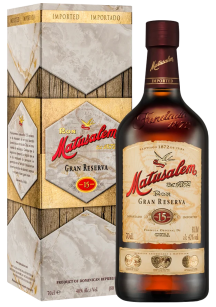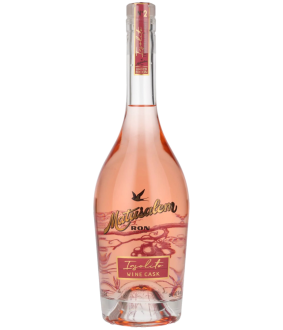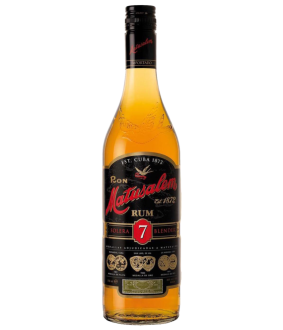
Matusalem rum was the most popular drink of Cuba's golden age. The story begins in the 70s of the 19th century, when the brothers Eduardo and Benjamin Camp sailed from Spain to Cuba to produce rum on Liberty Island. Together with Evaristo Alvarez, they develop a new technology for the production of this strong drink, combining all the information about the principles of the distillation process, which was used in the production of famous Spanish wines, sherry and brandy. Together, they created the secret formula for turning cane molasses into a unique rum with a subtle bunch of flavors and aromas that replaced the rough drink of the past. The first Matusalem rum was produced in 1872. The drink got its name from the Spanish aphorism. "Esto es mas viejo que Matusalem", which means "This is older than Methuselah". These are the words of the apostle Methuselah, who lived 969 years. The brothers with this name wanted to focus on the aging of rum, which is necessary to give a unique flavor to the drink. The soaring swallow on the trademark symbolizes the freedom-loving spirit of the Cuban people. The charm of Liberty Island and its lively nightlife made Cuba the Paris of America. Genius writer, great rum lover Ernest Hemingway spent the last years of his life on this island. Today in the Dominican Republic Matusalem rum is produced according to the original recipe of 1872, as evidenced by the inscription on the bottle - "Formula Original de Cuba".




